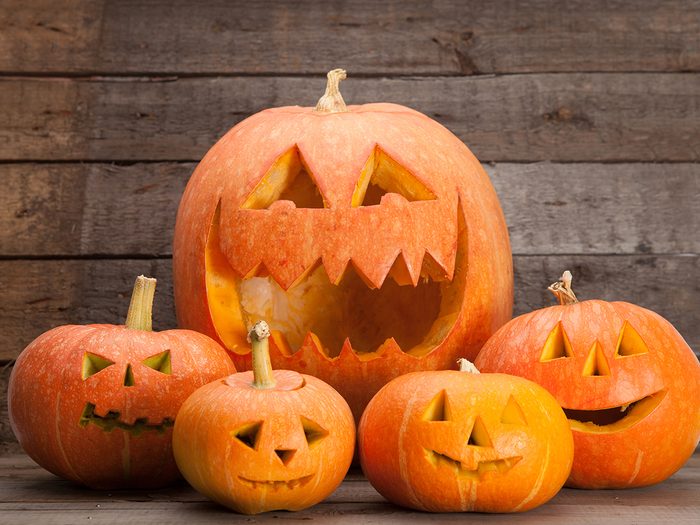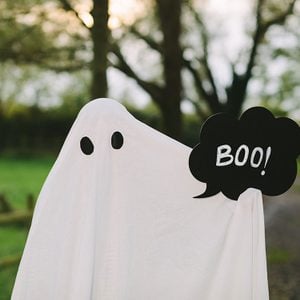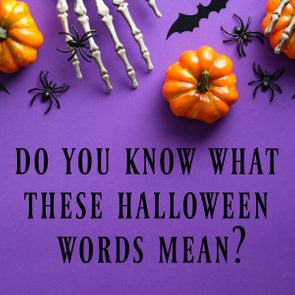What People Used to Carve For Halloween (Before Pumpkins)

So that's why they're called jack-o'-lanterns!
Halloween and jack-o’-lanterns go together like Thanksgiving and turkey. The ghoulish faces carved into pumpkins certainly add to the holiday’s spook factor, but gourds weren’t the first scary-looking produce to grace people’s doorways. Here’s everything you didn’t know about the history of Halloween jack-o’-lanterns.
The origin of carving pumpkins stemmed from an Irish folk tale that started in the 17th century, according to Boston.com. A man named—you guessed it—Jack managed to trick the Devil twice and made him promise not to take his soul, according to History.com. When Jack did die, a dishonest man like him couldn’t make it into heaven, and the Devil didn’t want him in hell either. The Devil banished Jack with nothing but a burning coal, which the man put into a carved-out turnip. As legend has it, Jack is now cursed to wander the Earth forever, and became known as “Jack of the lantern,” or “Jack o’ lantern.” Spooky stuff! Discover how Halloween is celebrated around the world.
Across the British Isles, people would carve lanterns like Jack’s, according to English Heritage. Irishmen and Scots generally used turnips or sometimes potatoes, while beets were common in England. They hoped that by placing the vegetable lanterns in doorways, the faces would scare away evil spirits like Jack. (Try these free pumpkin carving stencils to take your jack-o’-lanterns to the next level!)
After rains cut UK #pumpkin crops, people are going back to carving #turnips: https://t.co/GlEyM9yvoi via @aishagani pic.twitter.com/SW5AuPsN20
— Rainforest Alliance UK (@RnfrstAll_UK) October 27, 2015
When immigrants came to North America in the 19th century, they brought their tradition with them. But they soon realized pumpkins, which are native to North America, were easier to carve than the stem and root vegetables they’d used before.
Thanks in part to how easy it is to carve a pumpkin, jack-o’-lanterns have become more and more elaborate. Now that you know the history of Halloween jack-o’-lanterns, learn 10 tricks for the best jack-o’-lanterns ever.






